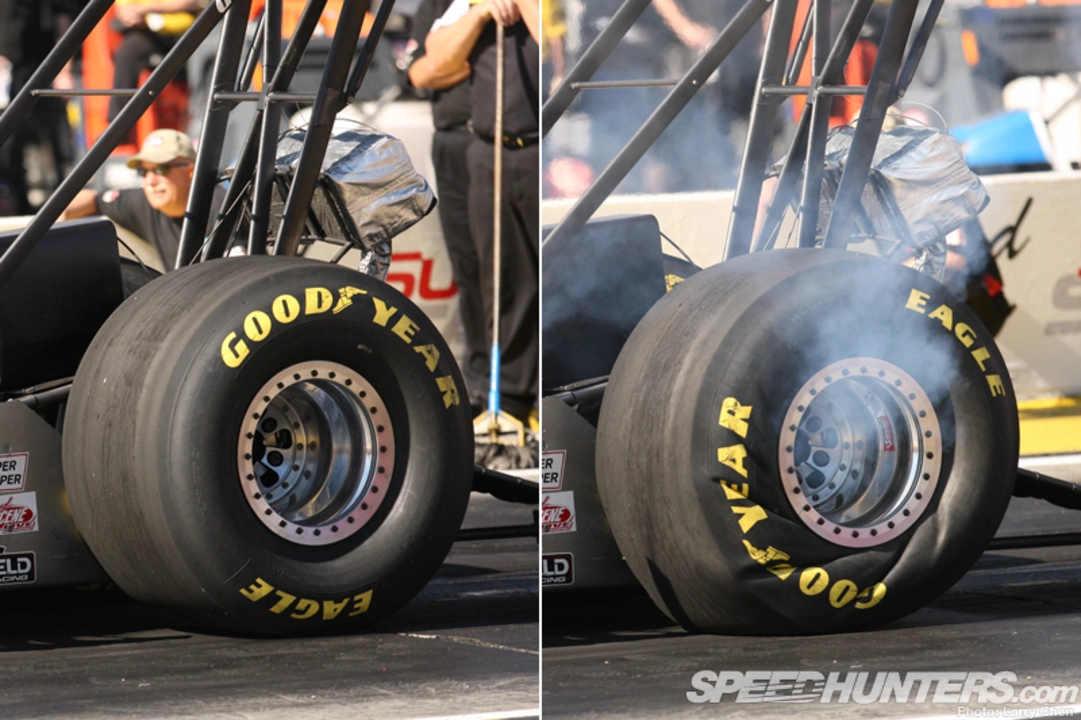Traction Made Simple: How to Get the Grip You Need on the Track
When you’re pushing a car to its limits, traction is the difference between a clean pass and a spin‑out. It’s not just about sticky tires – it’s how the whole car works together to stick to the asphalt. Below are practical steps you can take right now to improve grip, boost acceleration, and feel more confident in every corner.
Pick the Right Tires and Set Them Up Correctly
The first thing most drivers overlook is tire choice. A soft compound gives you bite, but it wears fast. A harder compound lasts longer but may leave you sliding on cooler days. Test a few options during practice and note which one heats up quickest without losing grip. Once you’ve settled on a compound, dial in the pressure. Lower pressure increases the contact patch, but too low can cause overheating and uneven wear. A good starting point is the manufacturer’s recommended range, then adjust +/- 1‑2 psi based on track temperature and surface condition.
Another hidden factor is wheel alignment. A toe‑in setup can help the car point straight into the corner, while a slight toe‑out can improve turn‑in response. Camber should be set so the outer tire is leaner, giving a larger contact patch when you’re cornering hard. Small changes here make a big difference in how the car feels when you lift off the throttle.
Manage Weight Transfer and Suspension Settings
Even with perfect tires, a car can lose traction if weight isn’t balanced. When you brake, weight shifts forward; when you accelerate, it moves to the rear. A stiff rear suspension will keep the back planted under power, while a softer front helps the front wheels stay planted under braking. Experiment with spring rates and dampers: a little more rear stiffness often translates to better launch off the line.
Anti‑roll bars are also key. A stiff front anti‑roll bar reduces body roll, keeping the front tires flat on the road during corner entry. A softer rear bar lets the rear settle, giving you more rear‑end grip when you get on the throttle. Tune these settings in small increments – a click too far can spoil the balance you just built.
Don’t forget to watch the track temperature. Hot surfaces melt the rubber’s top layer, making it slick. In that case, a slightly higher pressure can keep the tire from overheating while still providing decent grip. On a cool day, drop the pressure a touch to maximize the contact patch.
Driver Technique – Get the Most Out of Your Car
Finally, the way you drive can either amplify or negate the mechanical improvements you’ve made. Smooth inputs are king. Abrupt throttle snaps cause the rear wheels to lose grip, especially if you’re on a low‑traction surface. Instead, feather the gas as you exit a corner, gradually increasing pressure for a controlled launch.
When braking, try trail braking – keep a little brake pressure as you turn into the corner. This keeps weight on the front tires, improving turn‑in grip and helping the rear stay stable. Practice cutting the brake a fraction earlier each lap; you’ll find the sweet spot where you’re still fast but the car feels steadier.
And remember, traction isn’t a set‑it‑and‑forget‑it thing. It changes with weather, tire wear, and track conditions. Keep a notebook or a digital log of pressure settings, suspension tweaks, and lap times. Over time you’ll see patterns and know exactly what to adjust before each session.
By combining the right tires, fine‑tuned suspension, and smooth driving habits, you’ll feel the grip you need to push harder, brake later, and shave seconds off your lap times. Traction is all about the details – and those details are entirely within your control.
In drag racing, does spinning the tires really help?
0 Comments
In drag racing, I've often wondered if spinning the tires actually helps. From my research, I found out that it does, but only to a certain extent. Spinning the tires can help to heat them up for better traction, but excessive spinning can lead to tire wear and reduced performance. It's crucial to strike the right balance to get the maximum benefit from this technique. So, while spinning the tires can be helpful in drag racing, it's important not to overdo it to avoid any negative impacts.
Read More